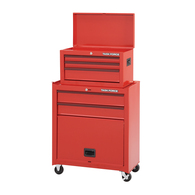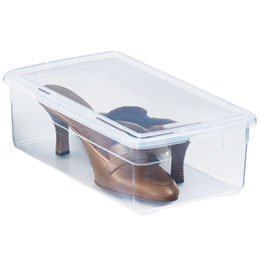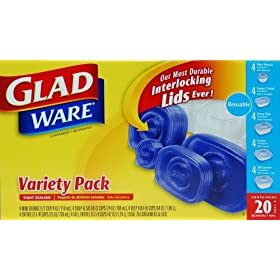GuyNoir
Well-Known Member
I've volunteered to do a talk for NARCON 2010 entitled "What's In Your Workshop?" that will discuss tips and hints for workshop organization, storage and tools.
I've had workshops in lots of different places (don't ask my college roommates what that was like!), and have a lot of ideas and suggestions, but it never hurts to collect tips and hints from others.
Who out here has good ideas they've used in their own workshops that they can share in my talk next March? I'll be sure you get credit (if you can translate your handle into a real name for me!)
Thanks in advance!
I've had workshops in lots of different places (don't ask my college roommates what that was like!), and have a lot of ideas and suggestions, but it never hurts to collect tips and hints from others.
Who out here has good ideas they've used in their own workshops that they can share in my talk next March? I'll be sure you get credit (if you can translate your handle into a real name for me!)
Thanks in advance!










